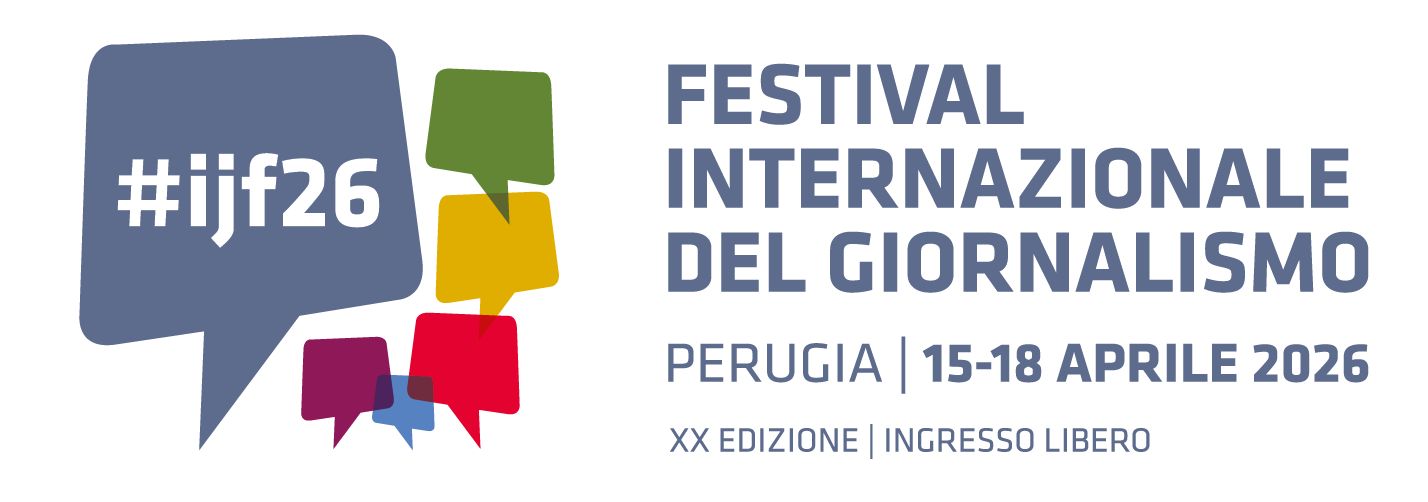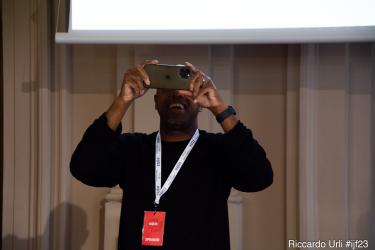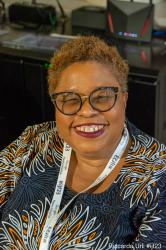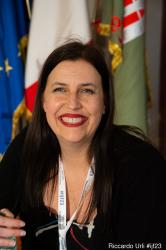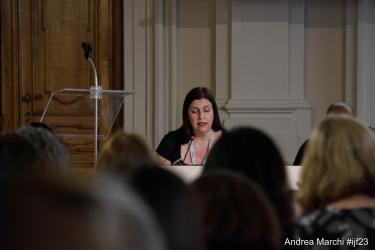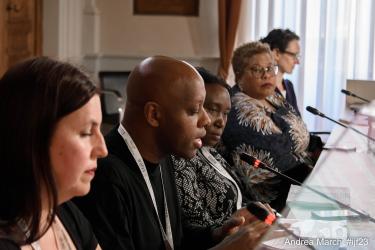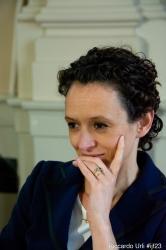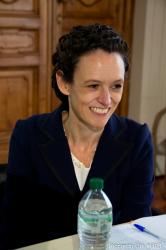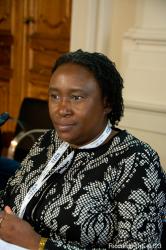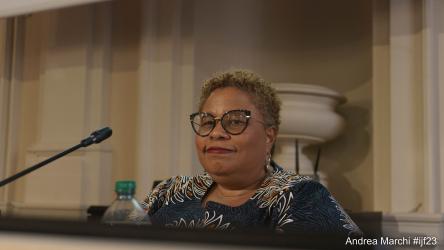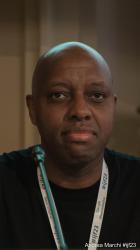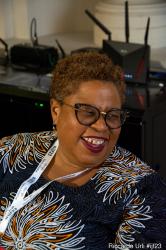This session will provide you with a blueprint for tackling women’s under-representation in your own news organisations and so enable you to generate: (1) journalism that attracts and keeps women audiences; (2) additional revenues from these women audiences.
From Outrage To Opportunity: How to Include The Missing Perspectives of Women of All Colors in News Leadership and Coverage, authored by Luba Kassova and funded by the Bill & Melinda Gates Foundation, was described by The Guardian in November 2022 as “an unprecedented analysis of newsrooms and news stories from six countries - the UK, Nigeria, India, South Africa, Kenya and the US”. It shows that women still remain significantly under-represented in editorial leadership roles and in news coverage. In countries with multi-racial populations, women of colour experience even greater marginalization. This culture of exclusion has had a knock-on effect on women’s news consumption, leading to the loss of billions of dollars in potential revenues.
This session will start with a short From Outrage to Opportunity presentation of the challenges that the new industry faces across the news value chain, especially in news leadership and news coverage. It will also set out the key solution themes which emerged from news exec interviews, analysis of 168 news initiatives across the globe and the three Missing Perspectives reports, including the $38 billion business case for gender equity in news.
The findings will then be discussed by a panel with senior news execs from the Nation Media Group, Reuters and the AP, tapping into the latest findings about what works and what does not from their own organisations. At the end of the session there will be an opportunity for you to ask questions.
This session is organised in association with AKAS.
